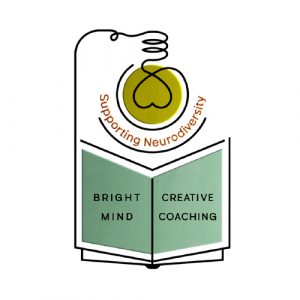
Welcome to a platform that uses powerful poetry, storytelling and visual metaphors to unlock emotional intelligence
Hello and welcome to Bright Mind Books & Coaching, whereby emotions and creativity are at the heart of the BM ‘school of thought’.
“Our emotions are more overwhelmed than ever due to all of this external exposure, thus making emotional intelligence tools such as Bright Mind Coaching even more valuable in today’s lifestyle”. Malini Shah
Bright Mind Services
There are 4 key provisions under the Bright Mind coaching umbrella:
1. Bright Mind Creative Coaching – an emotional intelligence & mindset tool
2. Poetry / creative writing for expression
3. ADHD / ADD Coaching
4. Memory training
The story of creativity and child geniuses conducted by NASA in the1960’s
In the late 1960s, NASA was keen on hiring innovative minds. To achieve this, they sought to understand the nature of creative genius and commissioned a study led by George Land. The focus was on young children, aged 3 to 5, as they embarked on a journey to decipher creativity. A group of 1,600 kids enrolled in a Head Start program were subjected to a creativity test initially crafted for NASA recruits. The results were startling; 98% of these youngsters were labelled as creative geniuses. However, a follow-up revealed a concerning trend. The genius tag dropped to 30% at age 10 and further down to 12% at age 15. When compared to adults, only a dismal 2% maintained this level of creative genius. George Land found that the traditional educational setup seemed to be stifling the natural creative prowess of children, morphing them into less creative adults.
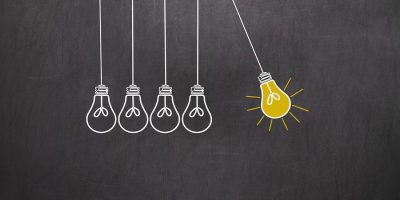
Why youngsters need emotion coaching?
Emotional Intelligence & Bright Mind Coaching
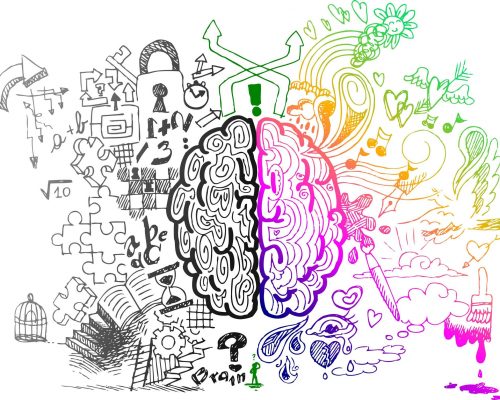
Emotional Intelligence helps young people recognize and understand their own emotions, which is key for making informed choices and handling difficult situations. It also assists with self-acceptance and confidence.
Adolescence is a time of heightened emotions, so being able to control impulses and manage emotions like anger, frustration, or anxiety is crucial. EI helps youth pause, reflect, and respond thoughtfully instead of reacting impulsively.
Emotionally intelligent youth are more likely to set and pursue meaningful goals. They tend to be more resilient in the face of setbacks and are driven by intrinsic motivation rather than external rewards.
Examples of Emotional Intelligence
Self-Awareness: A teenager notices they feel anxious before a big presentation and takes a moment to recognize that their anxiety is due to fear of judgment.
Empathy: A young person sees that their friend is upset but hasn’t spoken about it. They ask, “You seem down. Want to talk about it?” showing they can pick up on emotional cues and offer support.
Self-Regulation: During a disagreement with a sibling, a child takes a deep breath and chooses to walk away rather than shout, giving them time to cool off and approach the situation more calmly.
Social Skills: A middle schooler resolves a conflict with a peer by listening to their side,
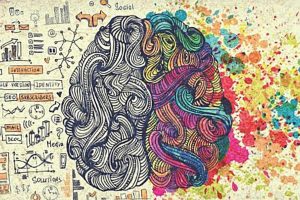
"Through the Bright Mind programme, I have learned a series of creative tools and coaching strategies to help younger learners with more diverse learning needs. I intend to use elements of this both in the day to day teaching, but also in 1:1 intervention sessions which will have the most impact. I think developing emotional intelligence is a really useful tool for young people, especially for developing self-regulation when difficult emotions arise in the school environment - be that related to the academic, social or otherwise.
The TINA structure is straightforward and can be easily adapted to suit the needs of the student for the sessions, and the creative tasks facilitate the processing and exploration of feelings in a more holistic manner (without the need for detailed instructions and objectives that students continuously deal with at school). By completing these activities, I think students will receive greater clarity over their emotions and why they feel the way they do, with the possibility of moving forward in a better frame of mind". By Ed Parsons - Watford Grammar School for Boys
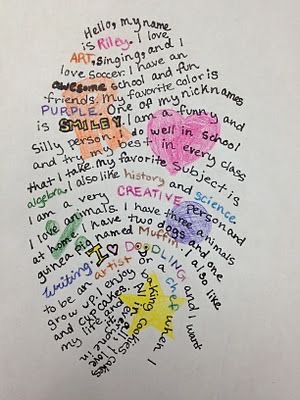
"The technique to coach effectively is an art in itself" Malini Shah
A platform where visual metaphors pave the way for a powerful emotional outlet
Why do all children & teenagers deserve the chance to receive emotion-wellbeing coaching?
All children, and especially those on EHCP plans or those with mild and moderate neurodiverse needs, deserve a chance to be creatively coached to enable self expression in different ways and be given a chance to off-load their day-to-day challenges to then move past the issues and focus on achieving to their highest potential. Difficult emotions are often core culprits for making things feel harder than they should do. They can be the silent instigators towards negative action, but also the inhibitors towards our best-selves. This is why just 30-45 minutes of coaching from a practitioner can make all the difference to a young person who is trying their best. A typical session could be based on simple “ears with heart style” coaching technique, mindset work, positivity, creative writing, therapeutic art or a role-play.

Bright Mind Coaching & the 7Cs
Combining emotion coaching with creativity
Communication
Communication using different modalities and one that goes much deeper than a conversation; shaped by probing questions and the power of silence.
Confidence
The BM method helps to instil a sense of confidence as there is a chance to be heard through an "ears with heart" approach.
Clarity
The light light bulb moment that arises from gaining gain clarity on any given situation
Care
Every session is based on self-care
Creativity
A system based on creativity and the opportunity to expressing emotions
Curiosity
The BM method helps develop curiosity along the journey of being coached
Compassion
This is an important soft-skill at the heart of the coaching style
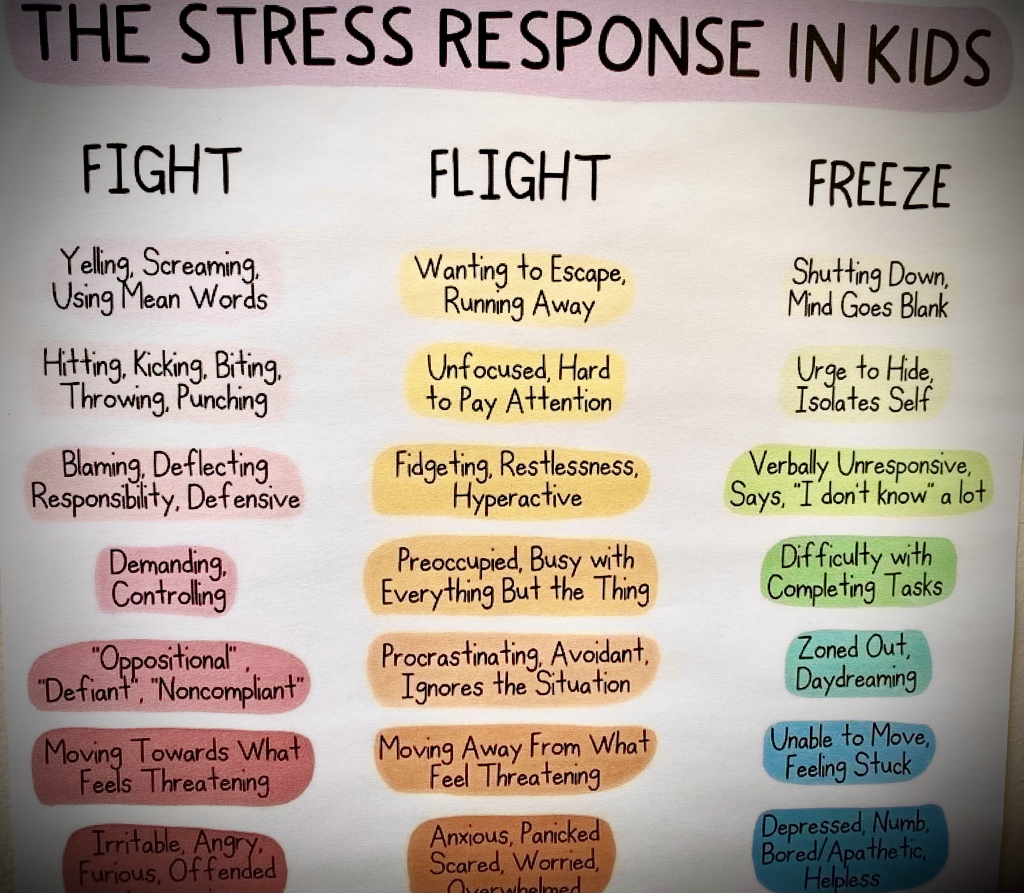
Children who are coached tend to be more resilient, higher achieving, clearer on their future goals and overall better performing in different areas of life. The process of coaching enables young people to process their emotions, set short-term goals and have a positive mindset. We all learn and solve problems by using a combination of visual, auditory and kinaesthetic prompts. Young people however are much more kinaesthetically inclined which means they make better understanding of the world around them when they are actively engaged in creating or visualising something. With age, young people become better at processing complex questioning which guides towards solving problems. Therefore, Bright Mind coaching alters the use of VAK for all ages and individuals. Coaching sessions are delivered as one to ones, but some organisations and schools prefer group workshops.
The PACE model is particularly effective in working with children who have experienced trauma or have attachment issues. By incorporating these four elements, creative coaches and caregivers can create a nurturing environment that supports emotional development and healing. The emotion PACE model is a therapeutic approach developed by clinical psychologist Dr. Daniel Hughe
- Playfulness: helps in reducing stress and anxiety, making the individual feel safe and open to communication.
- Acceptance: creates an environment where the person feels valued and understood, which is crucial for building trust and security.
- Curiosity: involves taking a genuine interest and encourages open dialogue and helps the person feel heard and respected.
- Empathy: is about connecting with and validating the individual’s feelings, helping build a strong, supportive relationship.
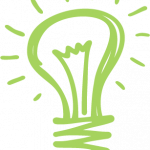
Emotion coaching is a technique and therapeutic approach developed by Dr. John Gottman, aimed at helping children understand and regulate their emotions. It involves guiding children through their emotional experiences with empathy and support, teaching them how to manage their feelings in a healthy way. The process includes several key steps:
1. Awareness of Emotions
2. Connecting with the Child
3. Listen to the Child
4. Label the Emotions
5. Set Limits & Problem Solve
"I have learnt a lot about how to support children and adults, so I am looking forward to using what has has been shown today.
"It helped me think on a deeper level about confidence which also makes me consider my own vulnerabilities".
"I took away the importance of giving children the opportunity to reflect on their goals – allowing time to think with good questioning".
"The PBM workshop has been lovely, not only to support wellbeing for the school but also consider my own wellbeing. There were lots of great tips and the activities were great".
"I learnt really useful strategies including how to use good questioning".
What is Emotion Coaching?
Why children with additional needs require more support with their emotional literacy and emotional regulation?
Research shows that emotion coached children:
– Achieve more academically in school
– Develop more friendships
– Have fewer behavioural difficulties
– Are more emotionally stable
– Develop resilience to face challenges
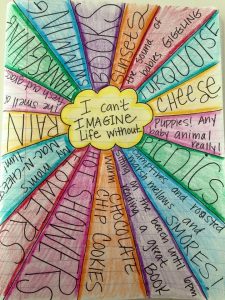
– Language
– Interoception
– Masking emotional needs
– Sensory overload
– Social interaction
– Emotional regulation
– Hypersensitivity to stress / reactivity